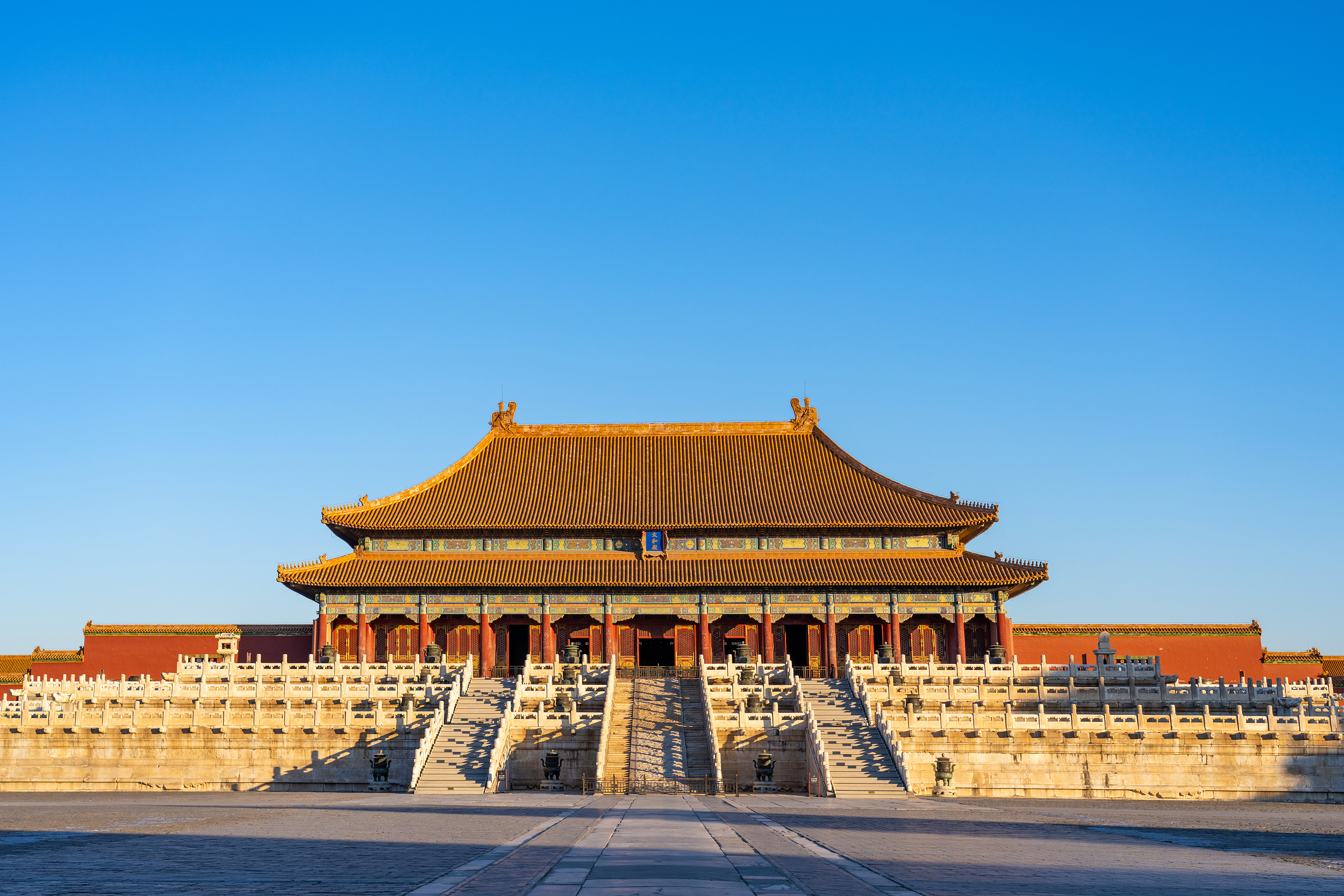Bast Fibers Strengthen Forbidden City Walls

Taihe Dian, the largest hall of Forbidden City. (PHOTO: VCG)
By BI Weizi
Featuring toughness, hygroscopicity and natural antibacterial properties, bast fibers (including jute, flax, hemp and kenaf) made from the inner growth of dicotyledonous plantstems, have been used in China for construction purposes since ancient times.
The most famous example is the Forbidden City, home to 24 emperors from the Ming and Qing Dynasties. As the center of political power in China for over 500 years from 1420 to 1924, the Forbidden City was found to have bast fibers used in its construction of walls and roofs.
When plastering the walls of ancient buildings, the walls were first wet with water. This was followed by nailing the bast fibers to the wall, which provided a rough surface on which the plaster layer could adhere, reducing the peeling and hollowing of the plaster layer in time.
The plaster used on the wall was mostly hemp mortar. Hemp ropes and sacks were soaked in water, chopped, and then dried in the sun. Once dried, they were beaten with wooden sticks until soft, and then mixed with mortar. Research shows the fibers became entangled and increased the contact area of mortar on wall. This greatly reduced the cracking problem caused by drying and shrinkage of the plaster brought on by the elements.
Bast fiber can also bear some tensile stress and delay the destruction of the granular layer and its scientific use in the Forbidden City reflects the outstanding architectural wisdom of the Chinese.







